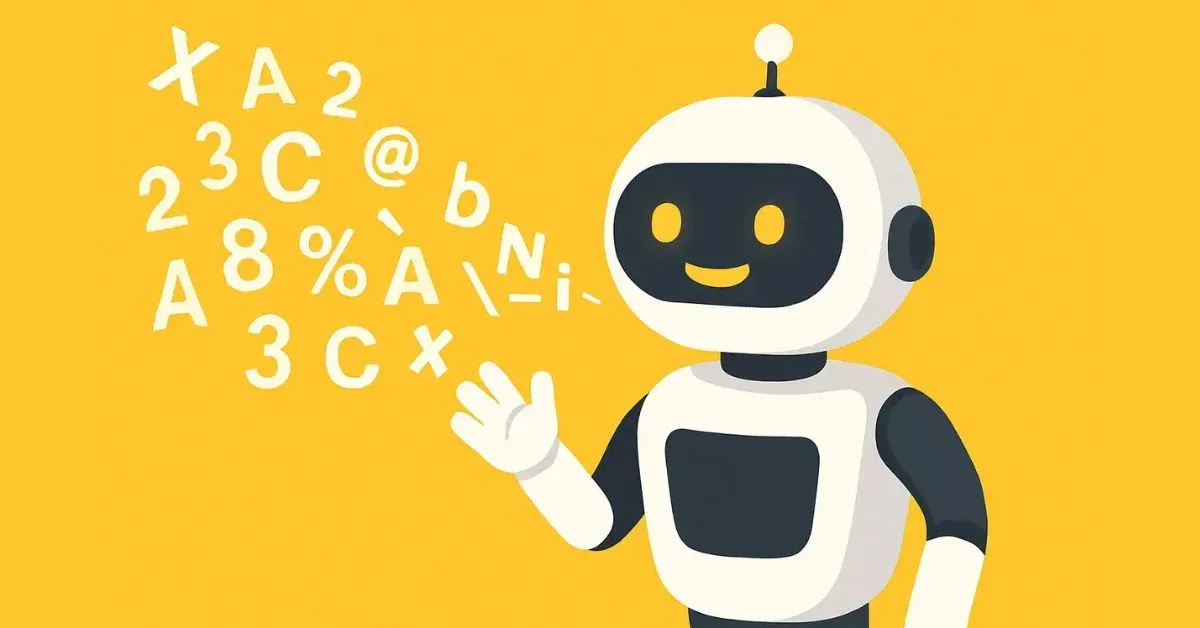
Speech-to-Text: Transforming Spoken Words into Text
1. What is Speech-to-Text?
Speech-to-Text (STT) is a technology that converts spoken words into written text. With advancements in artificial intelligence and deep learning, STT has become a vital tool in various fields such as virtual assistants, customer service, healthcare, and education. The ability of computers to "understand" speech enhances user experience, especially as mobile applications and IoT devices become more prevalent.
2. How STT Technology Works
STT technology operates through three main steps:
• Audio Recognition: Capturing and processing audio signals, filtering out noise.
• Phonetic Analysis: Using phonetic rules to identify individual words.
• Language Modeling: Predicting words and constructing complete sentences from audio input.
Deep learning models like Convolutional Neural Networks (CNN) and Recurrent Neural Networks (RNN) enable STT systems to learn from large datasets and handle variations in language, intonation, and speaking speed. These models can self-improve over time with additional data and user feedback, enhancing accuracy and adaptability to complex contexts.
3. Common STT Technologies
Currently, there are three common STT approaches:
• Rule-based STT: Utilizes basic phonetic rules to recognize speech but may have limitations in accuracy.
• Machine Learning-based STT: Employs speech data to train models, improving recognition accuracy.
• Neural STT: The most advanced method, using deep neural networks to analyze audio and language context, achieving high accuracy and better understanding of intonation.